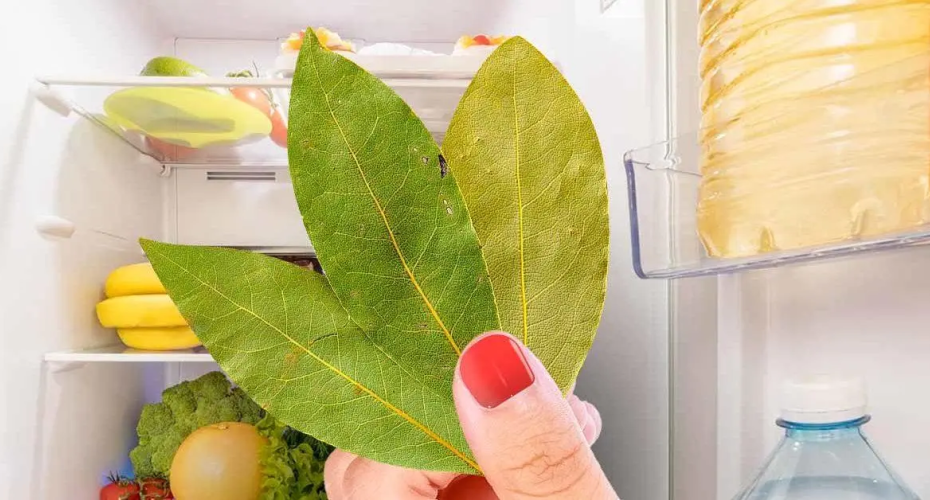The laurel plant, or bay leaf, is a treasure in our culinary and herbal tradition, celebrated for its versatility and the breadth of its uses beyond the kitchen. This article shines a light on one of laurel’s lesser-known roles, particularly its unique benefit when used inside the refrigerator. Let’s dive into the fascinating world of the laurel plant and uncover why it deserves a spot in your fridge.

The Laurel Plant: A Marvel of Nature
Laurel is hailed as a magnificent botanical wonder, praised for its myriad of applications. Its leaves are not only a staple in culinary arts for flavoring dishes but also hold a place in herbal medicine, offering relief from abdominal discomfort through infusions and teas. The distinctive aroma of laurel can also enhance the ambiance of your home, making it a natural choice for freshening up living spaces.
Historically, laurel has been adorned with symbolic significance, with its leaves crowning the heads of wise men and rulers in ancient times, a testament to its esteemed status.
The Benefits of Bay Leaves in Your Refrigerator
Introducing bay leaves into your refrigerator tackles a common household nuisance—unwanted odors. Foods, especially those with potent smells like cheese, can leave a lingering scent that is less than pleasant. By strategically placing a few bay leaves on the shelves of your fridge, you can neutralize these odors, leaving your fridge smelling fresh without using synthetic fragrances.
Bay leaves work their magic by subtly infusing the fridge with their natural fragrance, combating strong smells and contributing to a cleaner-smelling environment. For an enhanced effect, complement the bay leaves with baking soda, a well-known odor absorber, for a one-two punch against stubborn fridge odors.
Additional Creative Uses for Bay Leaves
Beyond the fridge, there are numerous other inventive ways to harness the power of bay leaves:
Home Infusions: Boil bay leaves to create a fragrant infusion that can freshen up the air and surfaces throughout your home.
Vacuum Freshener: Place broken bay leaves in the vacuum cleaner bag to disperse their scent throughout your house as you clean.
Protective Sachets: Fill small bags with bay leaves for natural insect repellent properties in drawers and closets, ensuring your garments stay fresh and protected.

Embracing the simplicity and effectiveness of using bay leaves in these everyday contexts not only pays homage to natural solutions passed down through generations but also promotes a harmonious, fragrant living environment. So, the next time you find yourself battling with fridge odors or seeking a natural way to enhance your home’s aroma, remember this timeless wisdom from grandma’s playbook: the humble bay leaf might just be your solution.





